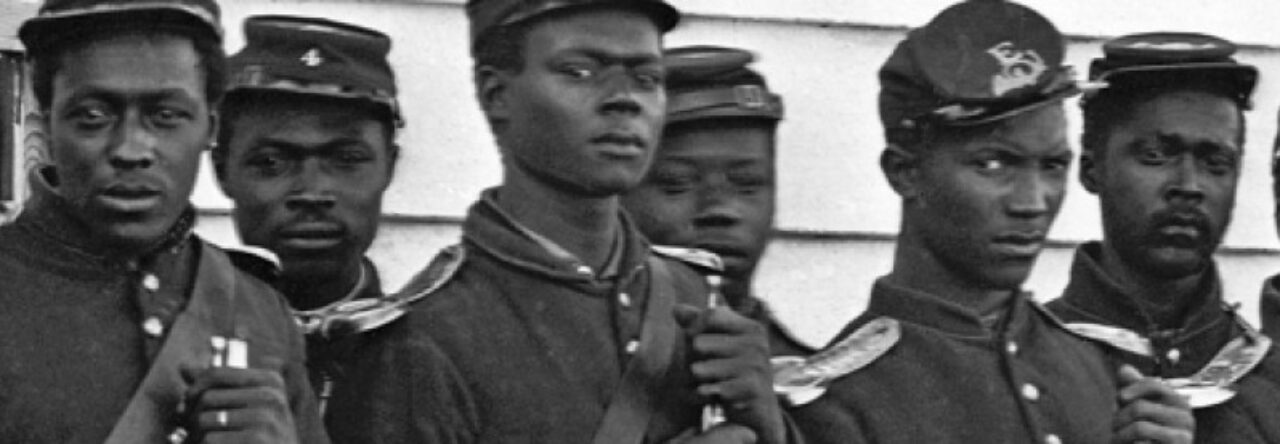The American Journey is a ubiquitous middle school text, and I have used it in Michigan and Washington. This screenshot is from page 423 of the 2005 edition:
As mentioned in today’s wrap-up, students typically perceive the URR as having been “Mississippi to Maine.” What this map shows, however, is that the majority of escapees made their flights from starting points along the boundary with the North.
I occasionally have students who paid attention in 1st through 7th grades, and these are sometimes offended by my attempt to disabuse them of their perception of the URR. They remember “follow the drinking gourd” and “Harriet Tubman,” and only reluctantly let go of their certainty that most escaped slaves traversed hundreds of miles of hostile territory to attain freedom. Close study of the map is a bit of a buzzkill; slaves who simply stepped from Maryland into Pennsylvania don’t make for such exciting stories.
We may not get to it in this course, but another Gilder Lehrman contributor, David Blight, offers his perspective on the mythologies surrounding Americans’ views of the Civil War. He talks, quite eloquently, about the different types of memory associated with it. His take on “emancipationist memory” is a nice corollary to this course. Race and Reunion: The Civil War in American Memory. (also in iTunes University)
My son came home from 1st grade to tell me about a railroad that was dug “under the dirt so the bad people won’t find them,” and “they came up at night to find the drinking gourd and get fresh water.”
We have work to do.

Leave a Reply